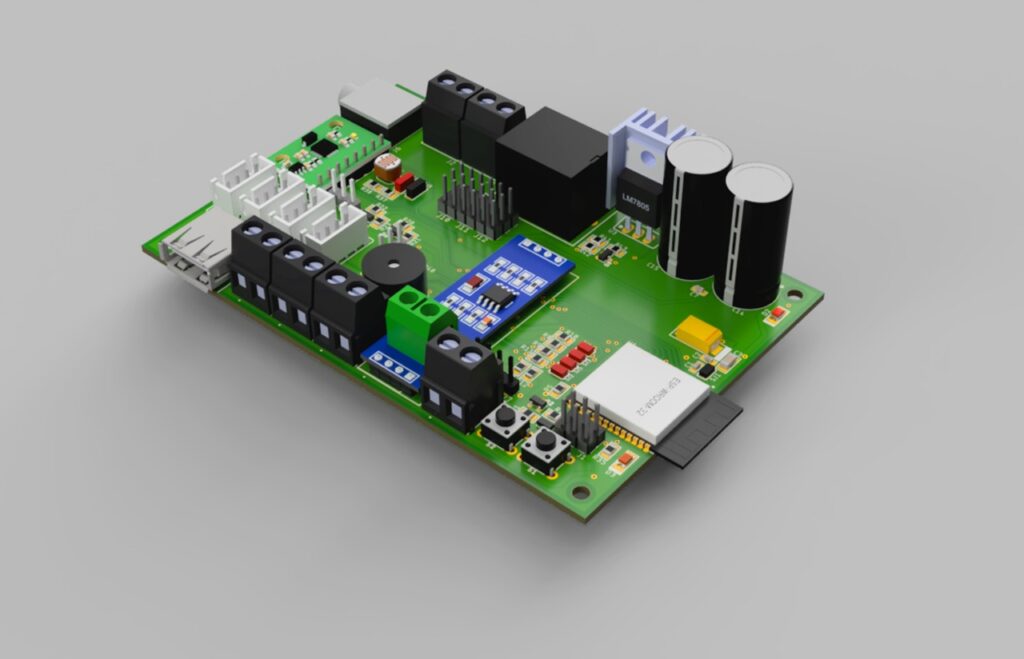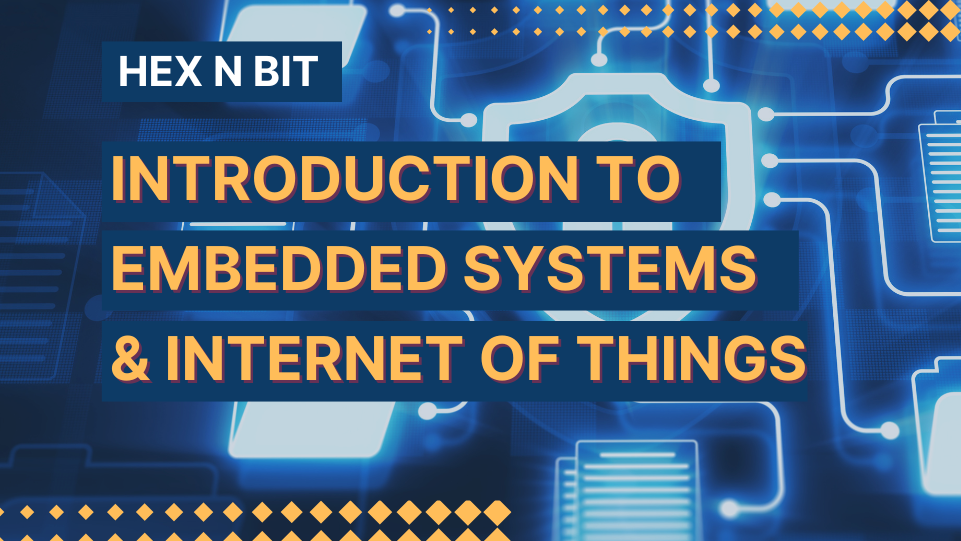The Internet of Things (IoT) and embedded systems are two technical developments that have completely changed how we connect with the outside world. The way we live, work, and communicate has transformed as a result of these two technologies. We’ll talk about what embedded systems and the Internet of Things are in this blog, how they’re related, and what the future holds for them.
Let’s start by defining embedded systems. An embedded system is a computer system that is integrated into a bigger device or system and is created to carry out a specific mission. The system is made to manage and control the functions of the larger device, which could be anything from a car to a washing machine. Embedded systems are set up to run autonomously and are programmed to carry out a certain set of activities.
Let’s now discuss IoT. The internet-based connectivity of objects and sensors is known as the Internet of Things. Internet-connected IoT devices gather and exchange data among themselves. In order to gain insights and make wiser decisions, this data can then be evaluated. IoT devices can include everything from sensors that keep track of a room’s temperature to smart appliances that can be operated through a smartphone app.
So, how are embedded systems and IoT related? The IoT is supported by embedded systems. Embedded systems are necessary for IoT devices to work. As an illustration, a smart thermostat is an IoT gadget that regulates a room’s temperature using an embedded system. The embedded system is set up to get information from sensors and modify the temperature as necessary.
IoT and embedded systems are two related but separate technologies. Although both technologies use small computing units to carry out particular tasks, they differ significantly from one another. We’ll go into great detail about the distinctions between embedded systems and IoT in the following pointers:
▶️Purpose
These devices can be found in everything from washing machines to cars and airplanes. The primary purpose of an embedded system is to control and manage the functions of a larger system or device, typically without the need for human intervention.
IoT devices can range from simple sensors to complex smart appliances and devices that can be controlled through a smartphone app. The primary purpose of IoT is to collect and analyze data to provide insights and make better decisions.
▶️Connectivity
Connectivity is one of the key distinctions between embedded systems and IoT. Embedded systems often have little to no interface to other hardware or software and are built to function either independently or as a closed system. IoT devices, on the other hand, are built with internet connectivity and network communication in mind.
▶️Data Processing
The manner in which they handle data processing is another important distinction between embedded systems and IoT. Embedded systems can process data locally without internet or cloud-based processing because they are often created to carry out a certain set of activities or operations.
IoT devices, on the other hand, depend on cloud-based data processing to gather and analyse data. This enables businesses to make more informed decisions based on the data they gather, as well as to deliver real-time insights and alerts.
▶️Scalability
Embedded systems are often created specifically for a given device or system and are frequently produced to order. Due to their limited deployment options, they are less scalable than IoT devices.

IoT gadgets are made to be highly scalable and connectable to vast networks of gadgets and sensors. Its scalability enables the development of intricate networks and systems that are capable of gathering and processing enormous amounts of data.
While embedded systems and IoT share some similarities, they are fundamentally different technologies. Embedded systems are designed to perform specific functions within a larger device or system, while IoT devices are designed to be connected to the internet and communicate with other devices and sensors.
IoT and embedded systems have a promising future. The need for embedded systems will increase as more and more items are linked to the internet. This will result in smarter, more effective technology that can enhance our daily life. For instance, embedded systems and IoT are used by self-driving cars to connect with other on-road vehicles and navigate.
In conclusion, embedded systems and the Internet of Things are two technologies that are revolutionizing society. IoT devices’ embedded systems serve as its framework and are in charge of managing and controlling them. The need for embedded systems will increase as more and more items are linked to the internet. This will result in smarter, more effective technology that can enhance our daily life. We are excited to explore what the future holds for embedded systems and IoT.
Contact :
Hexnbit Edtech Private Limited
B-309, B Tower, The iThum, Sector 62, Noida-
Email: info@hexnbit.com
Website : https://www.hexnbit.com/
+91-9818894299
+91-9311124664

